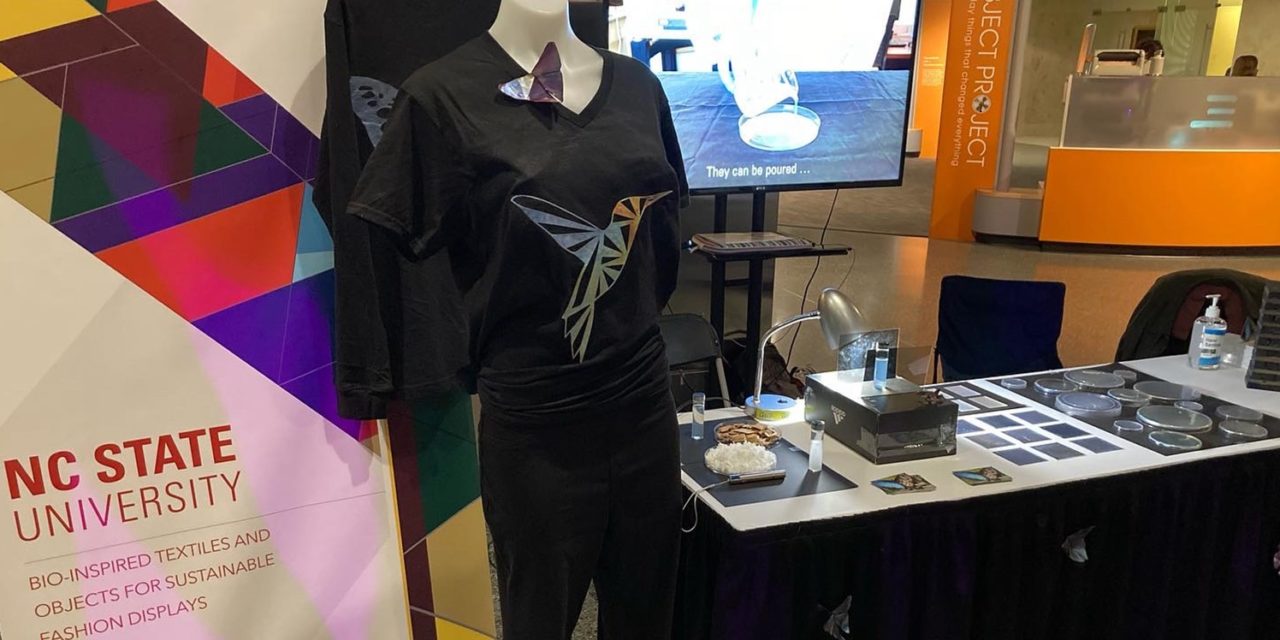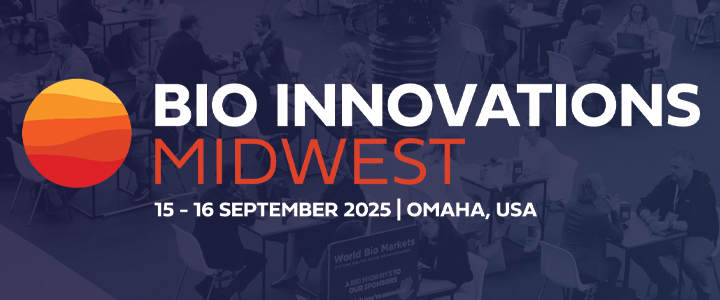At NC State University in Raleigh, North Carolina, researchers from the College of Natural Resources and the Wilson College of Textiles have developed a process involving the use of nanoscopic particles extracted from wood, seeking to solve the problem of contaminant dyes in the fashion industry.
Textile mills often dump residual dyes and hazardous chemicals into canals, streams and rivers. “Textile mills use dyes and other coloration agents that are very toxic,” said Nathalie Lavoine, an assistant professor in the Department of Forest Biomaterials. “Using nanocellulose is a way forward to sustainable processing.”
With funding from the Research Opportunity Seed Fund Program at the Wilson College of Textiles, Lavoine and her collaborators have developed a process that allows them to use nanocellulose to produce clothing items with iridescent features resembling the rainbow-hued shimmer seen on fish scales, bird feathers and insect bodies. “Researchers have known how to make iridescent films with these nanoparticles,” Lavoine said. “But until now, there was no way to apply these particles to textiles.”
Cellulose is extracted from wood chips and the pulp used in papermaking and combined with water, treating the resulting mixture with acid to uncover nanocrystals. It is then purified to remove undesired components. Once the purification process is complete, the researchers add the mixture to frames so that it can solidify into plastic-like films. Then, using a computer-aided design table, they cut the films into shapes and patterns that can be printed onto clothing items.
According to Lavoine, the use of nanocellulose in textiles ensures the sustainable use of natural resources, opening a path for novel uses of both low-grade wood and traditional timber sources. It could also reduce dye pollution from the fashion industry. The United Nations Environmental Programme reported that the dyeing process for fabrics is the second largest source of water pollution, and that the fashion industry alone is producing 20% of the world’s wastewater.
The researchers are still working on achieving more colors, and testing the application of nanocellulose on a variety of other items, including phone cases. “We can extend this work to much more than textiles. The only limit is our imagination.”
“There’s still a lot of research to be done,” Lavoine said. “But ultimately, we’d like to find one or two industry partners who can bring commercial value to this project.”






